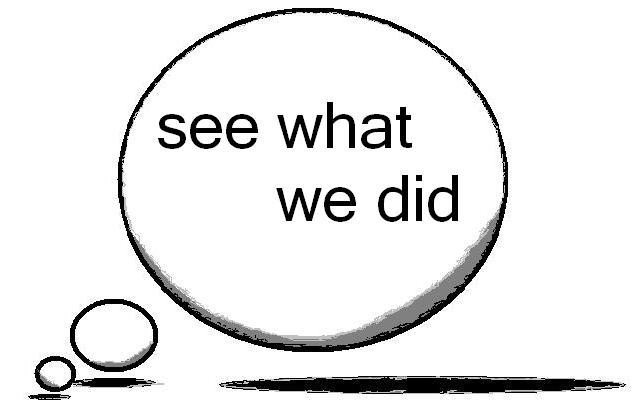Team:Mississippi State/caleb
From 2008.igem.org
| Line 13: | Line 13: | ||
| style="padding:0.3em; font-size:90%; background-color:#7ac8cd; border:solid 1px #a3bfb1; border-bottom:1px solid #a3bfb1; text-align:center" width="23.5%" | [[Team:Mississippi State/Papers|Papers]] | | style="padding:0.3em; font-size:90%; background-color:#7ac8cd; border:solid 1px #a3bfb1; border-bottom:1px solid #a3bfb1; text-align:center" width="23.5%" | [[Team:Mississippi State/Papers|Papers]] | ||
|} | |} | ||
| - | + | ||
| - | + | ||
[[Image:Before.JPG|500 px|center]] | [[Image:Before.JPG|500 px|center]] | ||
| Line 22: | Line 21: | ||
Mississippi State seeks to benefit the uses of non-food material biomass as a source of energy. Though ethanol and other biofuels offer an alternative to fossil fuels, their extraction from food crops is unrealistic and puts enormous economic strain on both food products and the further development of natural fuels. Biomass waste contains a huge amount of unused cellulose and hemicellulose, the raw materials for biofuel production. In addition, Lignin has been shown to be a source of biogasoline, which conforms better than any current biofuel to the existing energy infrastructure. As a result, this project will develop a better method for natural degradation of biomass to reduce the costs and complications involved with current methods. | Mississippi State seeks to benefit the uses of non-food material biomass as a source of energy. Though ethanol and other biofuels offer an alternative to fossil fuels, their extraction from food crops is unrealistic and puts enormous economic strain on both food products and the further development of natural fuels. Biomass waste contains a huge amount of unused cellulose and hemicellulose, the raw materials for biofuel production. In addition, Lignin has been shown to be a source of biogasoline, which conforms better than any current biofuel to the existing energy infrastructure. As a result, this project will develop a better method for natural degradation of biomass to reduce the costs and complications involved with current methods. | ||
| - | + | ||
[[Image:Learnmore.JPG|300 px]][[Image:Seewhatwedid.JPG|300 px]][[Image:Meetourteam.JPG|300 px]] | [[Image:Learnmore.JPG|300 px]][[Image:Seewhatwedid.JPG|300 px]][[Image:Meetourteam.JPG|300 px]] | ||
Revision as of 18:59, 8 July 2008
| mypage | Our Project | Papers |
Mississippi State seeks to benefit the uses of non-food material biomass as a source of energy. Though ethanol and other biofuels offer an alternative to fossil fuels, their extraction from food crops is unrealistic and puts enormous economic strain on both food products and the further development of natural fuels. Biomass waste contains a huge amount of unused cellulose and hemicellulose, the raw materials for biofuel production. In addition, Lignin has been shown to be a source of biogasoline, which conforms better than any current biofuel to the existing energy infrastructure. As a result, this project will develop a better method for natural degradation of biomass to reduce the costs and complications involved with current methods.
 "
"




